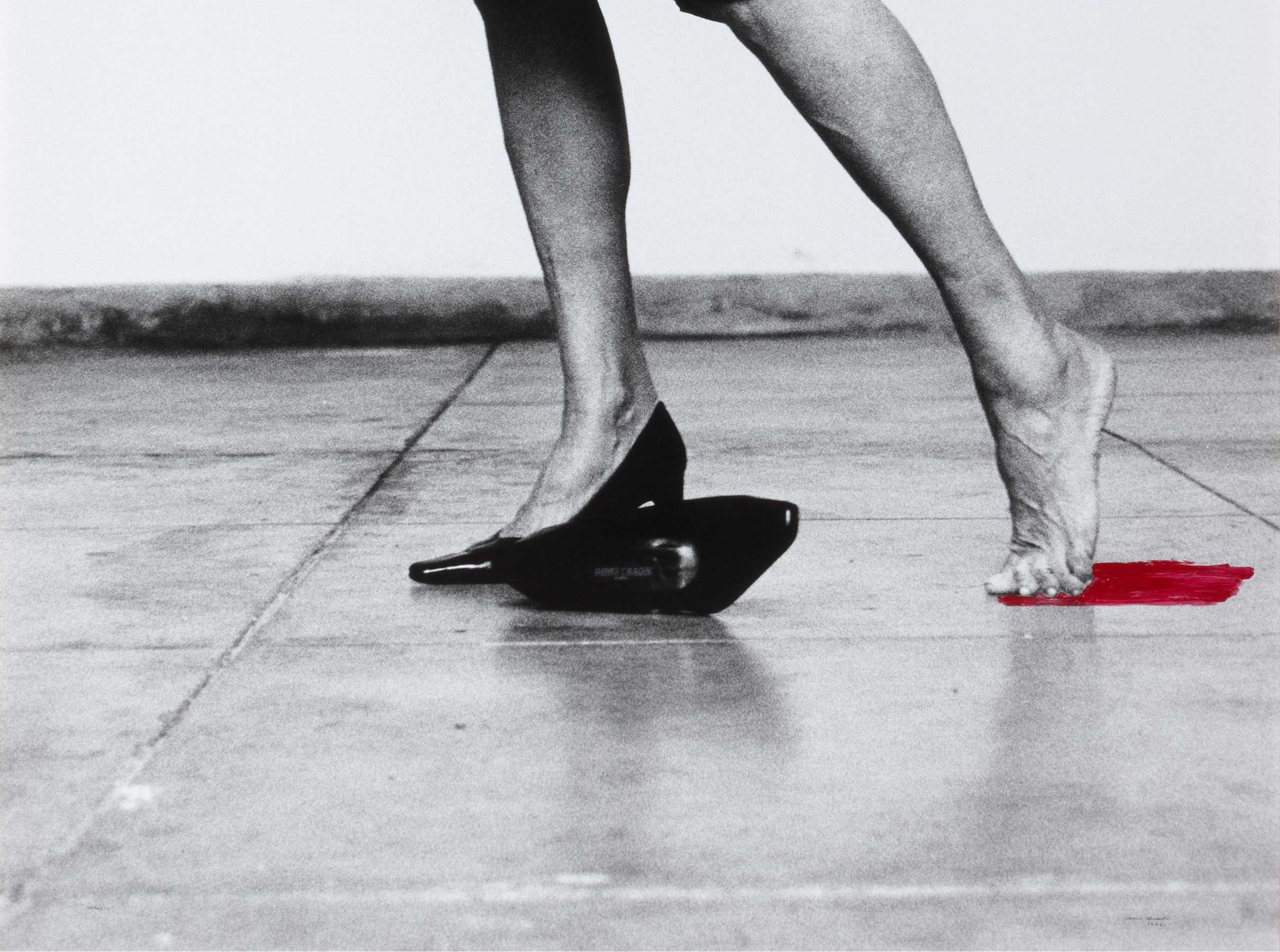American Landscape (9)
- 2004
- Digital print on paper
- 105 x 80 cm
- Edition 1/3
- Cat. F_93
- Acquired in 2004
American Landscape (9) (2004) by Portuguese artist Julião Sarmento is one of a series of photographs of the same name, produced in a numbered edition of ten. These pictures are based on a set design the artist had previously made for three plays of the same name penned by American playwright Neil LaBute. The plays were staged by João Lopes and Rui Pedro Tendinha at the Teatro Aberto in Lisbon in 2004. Sarmento also produced an edition in portfolio format with the photographs numbered from 1 to 8. However the picture in the Banco de España Collection was not included in the folder. This series was first presented in 2006 in Sarmento's solo show 'Ediciones numeradas: 1972-2006' [Numbered Editions 1972-2006'] at the Ibero-American Museum of Contemporary Art (Badajoz). In an analysis of this singular piece for the exhibition catalogue, Delfim Sardo argued that the fact that the pictures in this series were split into two fields was a clear literary reference to Raymond Chandler and Raymond Carver.
Sarmento maintains the same structure throughout the series. The vertical photographs are divided into two contrasting and opposing parts. The upper part shows a clear blue sky with some clouds, while the lower part alternates very stereotypical, cinematographic images of the United States —a roadside motel, a New York street, a swimming pool, a road at night, another endless road— and some snapshots referencing Sarmento's best-known work, fragments of sensual female bodies, which appear in three of the pieces, including American Landscape (9).
Other works by Julião Sarmento

